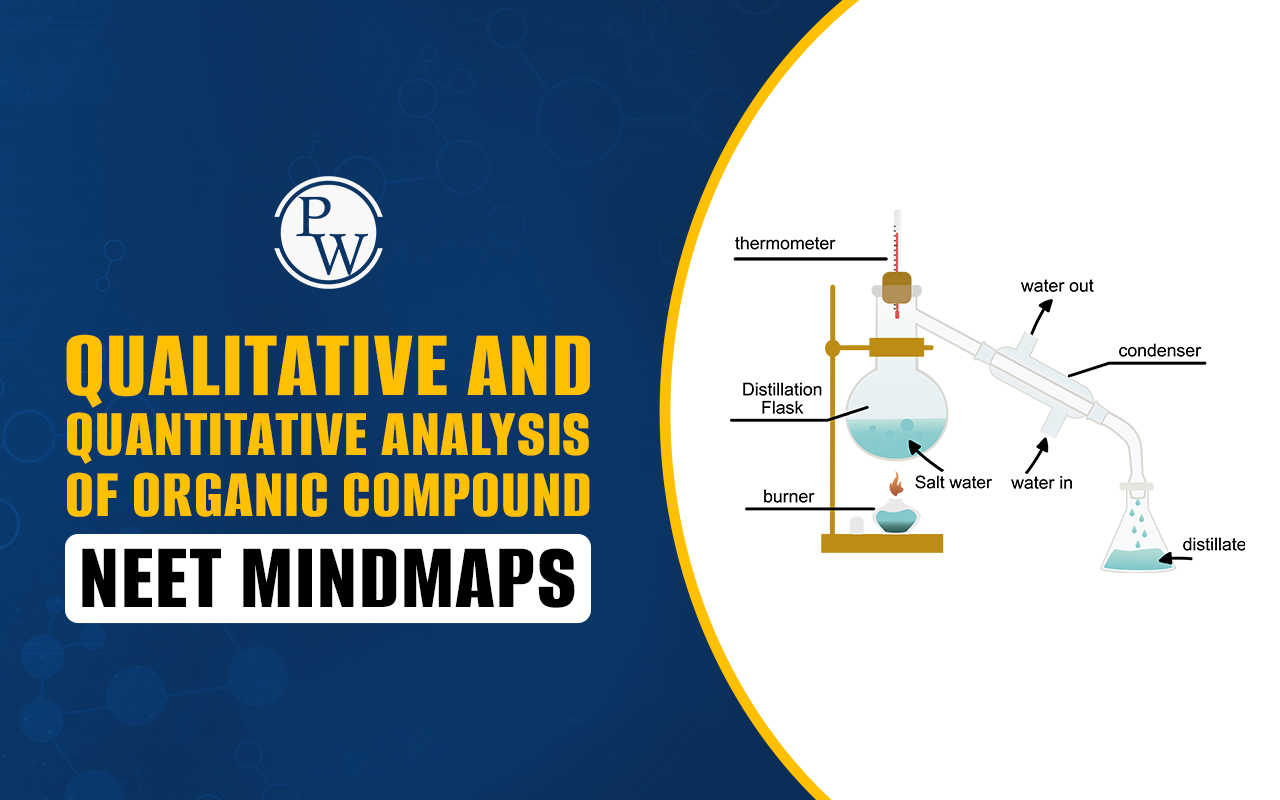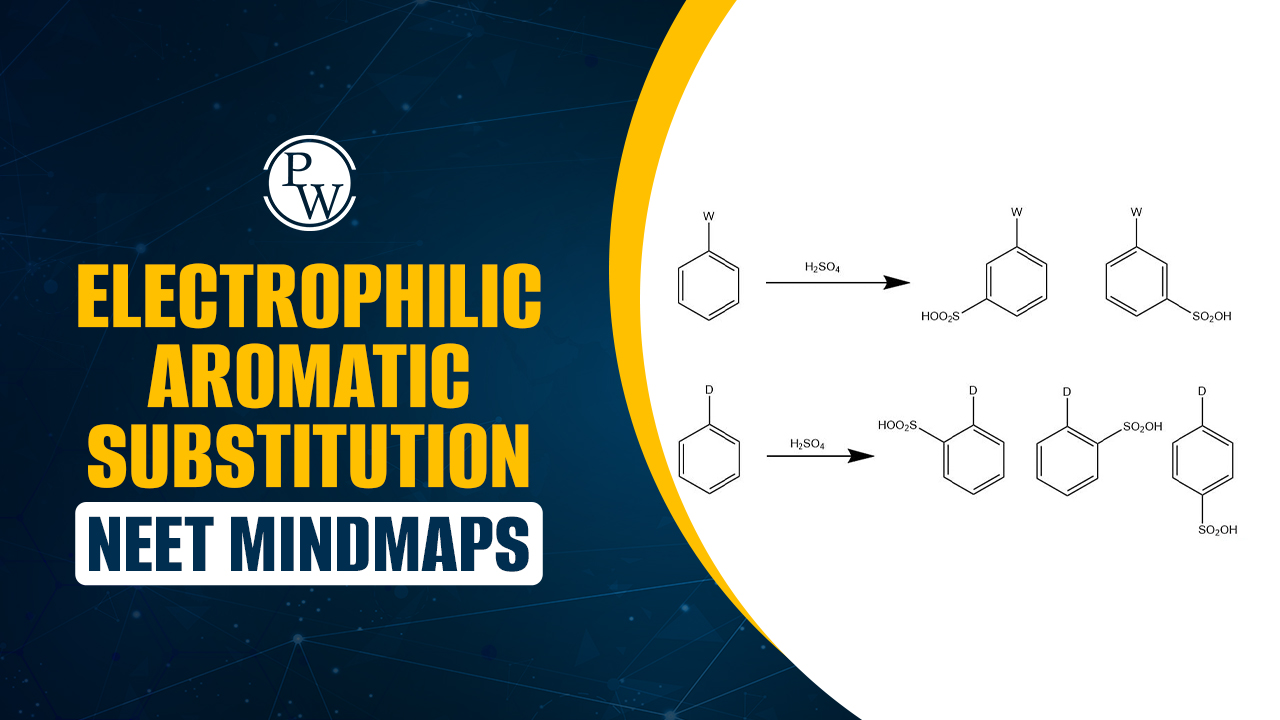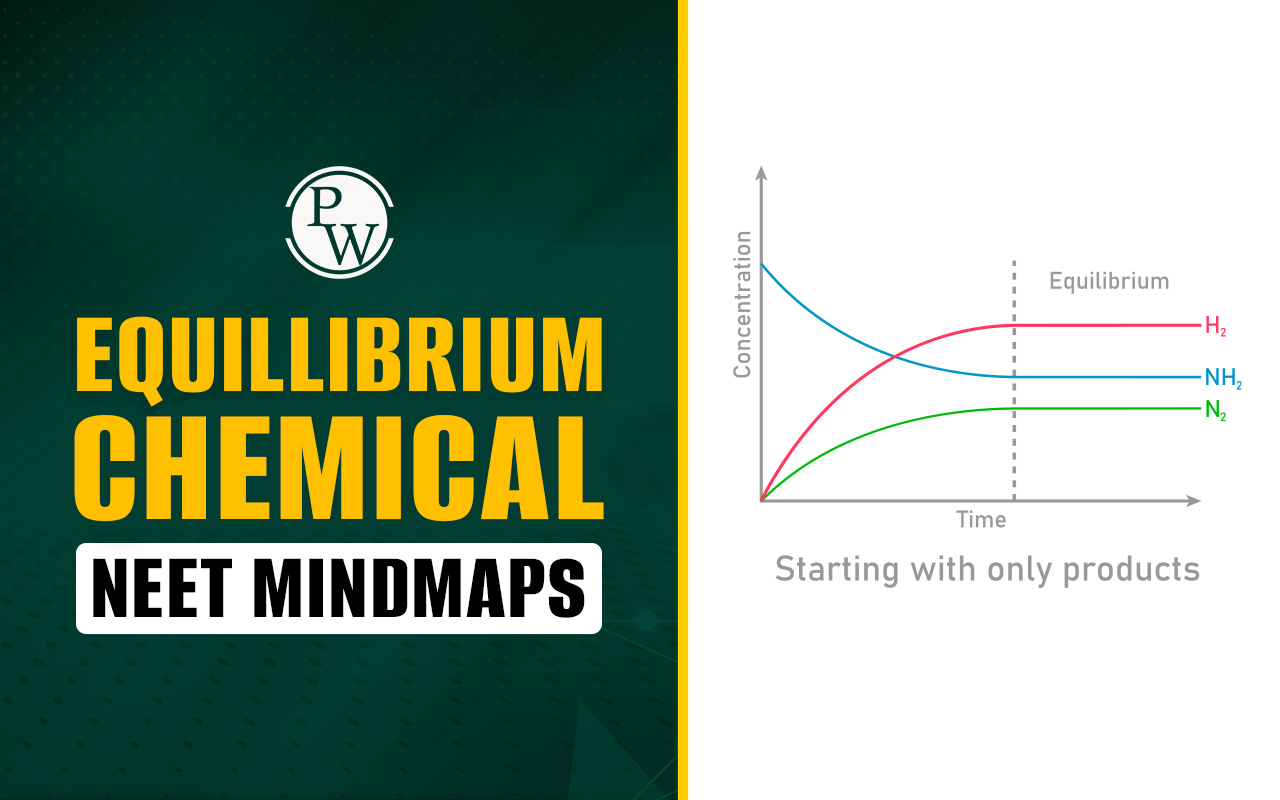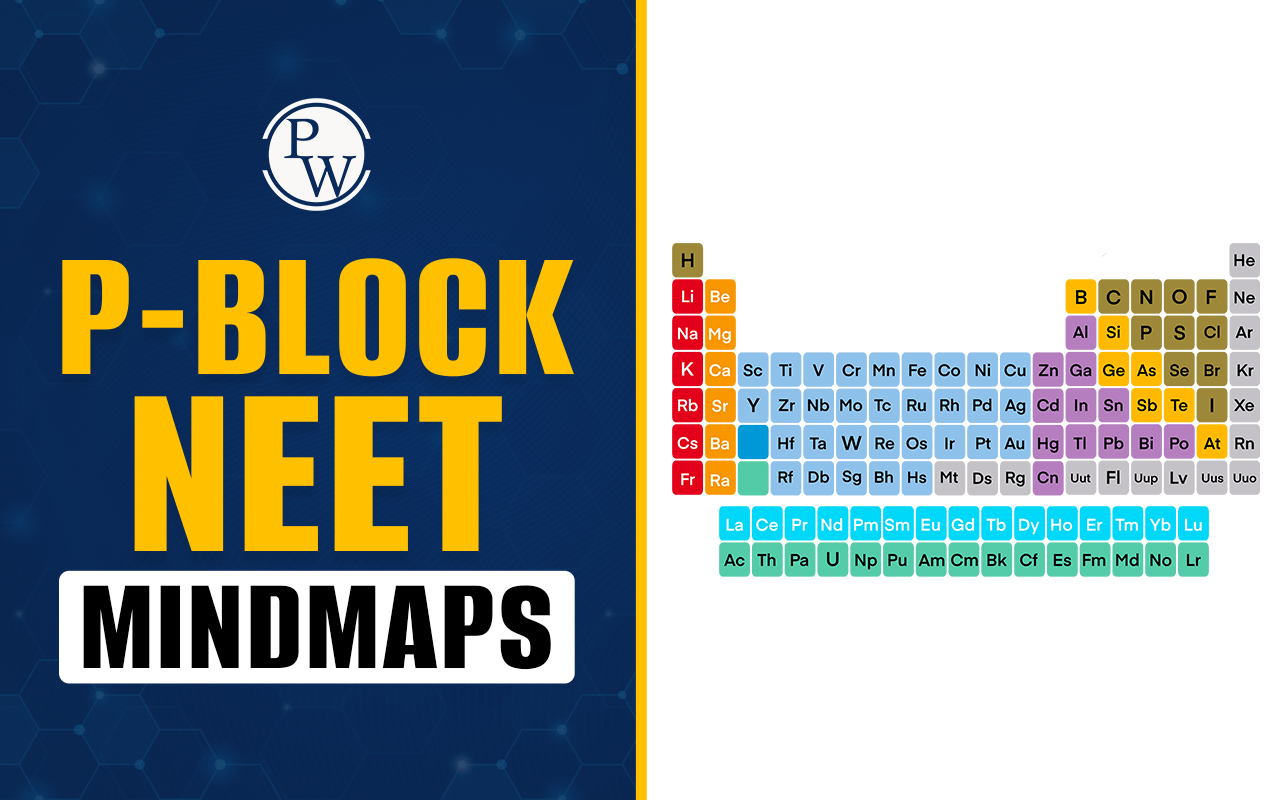
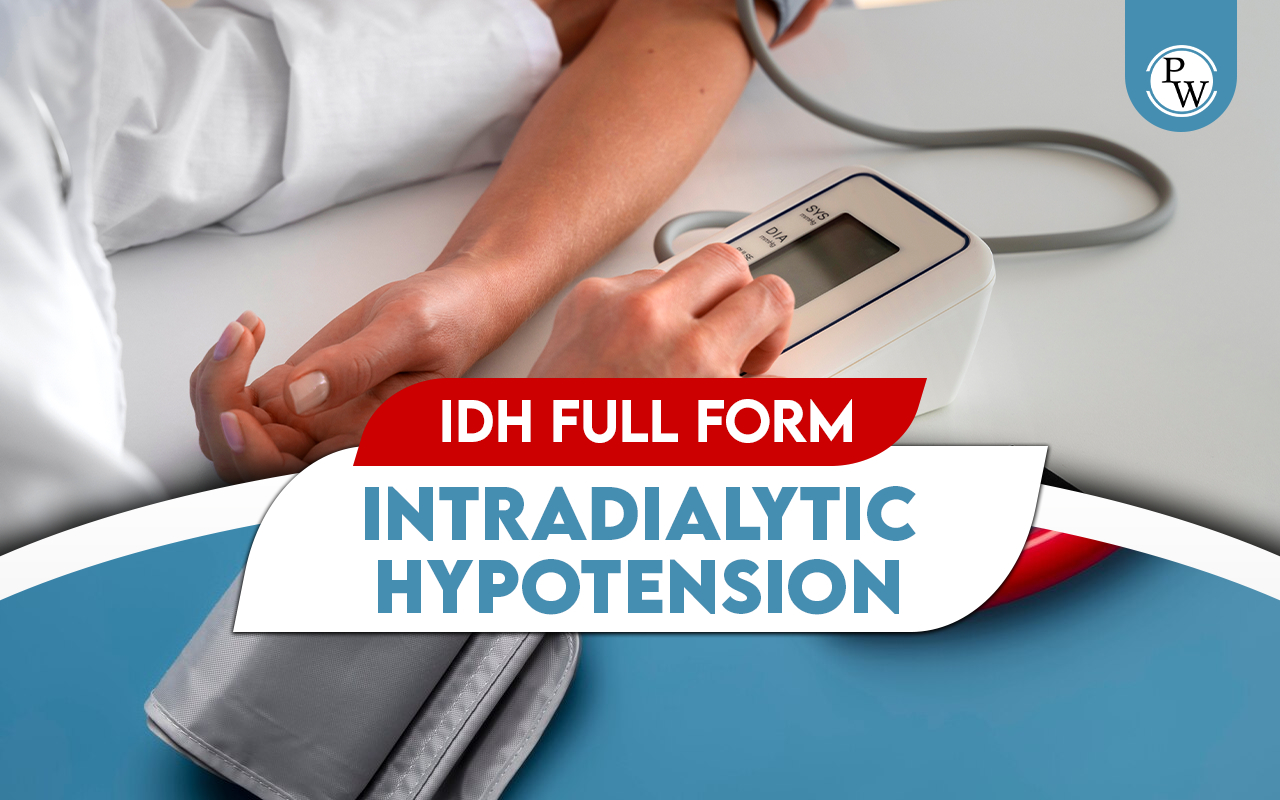
The IDH full form is Intradialytic Hypotension . Intradialytic Hypotension (IDH) refers to a significant drop in blood pressure that occurs during or immediately after a hemodialysis session. This condition i.e. IDH is one of the most common problems that has been associated with treatments of dialysis, influencing a huge number of patients who are going through this procedure.
IDH arises primarily due to the rapid removal of fluid from the body during the dialysis process. With the body adapting to these sudden changes, it impacts via symptoms such as dizziness, nausea, and even unconsciousness in the most severe cases. As a result, proper management and understanding of IDH becomes important to maintain the safety and well-being of patients who are undergoing dialysis.
In this article, you will delve into the IDH's full form in English, its causes, its implications for patients, and various preventive and management strategies associated with it.
IDH Full Form In English
The full form of IDH in English is "Intradialytic Hypotension." It refers to a significant drop in blood pressure that occurs during or immediately after a hemodialysis session. This condition called IDH is commonly seen in patients who are undergoing dialysis or dialysis-related treatments.
IDH Full Form In Hindi
आईडीएच का पूरा रूप हिंदी में "इंट्राडायलिटिक हाइपोटेंशन" है। यह एक हेमोडायलिस सत्र के दौरान या तुरंत बाद में रक्तदाब में गिरावट को सूचित करता है।
IDH Full Form In Medical
In the medical field, IDH stands for "Intradialytic Hypotension." It is a medical term used to describe a condition where there's a significant decrease in blood pressure during or right after a hemodialysis session. This is one of those complications that are mostly associated with dialysis and it requires careful monitoring and management to make sure that patients are safe.
IDH Full Form Understanding Intradialytic Hypotension (IDH)
Have any of us ever thought that complications can arise during dialysis also? One such complication is Intradialytic Hypotension (IDH). Let's dive deep into understanding IDH, its causes, symptoms, and how to manage it.
What is Intradialytic Hypotension?
In order to understand about Intradialytic Hypotension, we must first understand its definition, causes and symptoms.
IDH Definition
Intradialytic Hypotension, commonly referred to as IDH, is a significant drop in blood pressure during or immediately after hemodialysis, which is one of the most prominent complications that can arise due to dialysis.
Causes of IDH
The primary cause of IDH is the rapid removal of fluid from the body during dialysis. Other factors include the patient's age, cardiovascular diseases, and the use of certain medications.
Symptoms of IDH
Common symptoms include dizziness, nausea, blurred vision, and chest pain. In severe cases, it can lead to unconsciousness.
IDH Full Form Complications and Risks
The different complications and risks associated with Intradialytic Hypotension (IDH) are given below.
IDH Dialysis Complications
If not managed properly, IDH can lead to prolonged hospital stays, increased mortality rates, and decreased quality of life.
Dialysis-Related Hypotension
This is a broader term that encompasses all types of low blood pressure complications related to dialysis, including IDH.
Hemodialysis and Hypotension
Hypotension is a common side effect of hemodialysis due to the rapid fluid and electrolyte shifts in the body.
IDH Full Form Diagnosis and Treatment
The diagnosis, treatment and medications associated with Intradialytic Hypotension (IDH) are given below.
Diagnosing IDH
Doctors usually diagnose IDH by monitoring blood pressure before, during, and after a dialysis session. The symptoms of the patient and his/her medical history can also be considered by the doctor.
Treatment for IDH
Treatment includes adjusting the rate of fluid removal, changing dialysis settings, and using medications to increase blood pressure.
Medications for IDH
Medications such as midodrine can be prescribed to raise blood pressure in patients with frequent IDH.
IDH Full Form Management and Prevention
The management strategies, prevention methods and fluid management associated with Intradialytic Hypotension (IDH) are given below.
IDH Management Strategies
It's crucial to individualize the dialysis procedure for each patient. This includes adjusting the dialysis fluid composition and temperature.
IDH Prevention Methods
Prevention methods include proper fluid management, avoiding high-sodium foods, and regular monitoring.
IDH Fluid Management
Ensuring that patients do not gain excessive fluid weight between dialysis sessions can help in preventing IDH.
IDH Full Form Research and Clinical Studies
The research and clinical studies associated with Intradialytic Hypotension (IDH) are given below.
Intradialytic Hypotension Research
The different research that is undergoing in this particular field are aimed at better understanding the mechanisms which are underlying IDH and they also aim to find treatments that are more effective.
IDH Clinical Studies
Clinical studies focus on testing new medications and interventions to prevent and treat IDH.
IDH Full Form Patient Care and Education
The patient care, nursing care and patient education associated with Intradialytic Hypotension (IDH) are given below.
IDH Patient Care
It's essential to monitor patients closely during and after dialysis, ensuring they are comfortable and free from symptoms.
Intradialytic Hypotension Nursing Care
Nurses play a pivotal role in managing IDH by adjusting the dialysis settings and providing necessary interventions.
IDH Patient Education
Educating patients about the importance of fluid management and dietary restrictions can help in preventing IDH.
Intradialytic Hypotension is a common but manageable complication of dialysis. With proper care, monitoring, and patient education, its impact can be minimized.
Check NEET UG Important Links
| NEET Exam Important Links | |
| NEET Syllabus | NEET Sample Paper |
| NEET Notes | NEET Previous Year Question papers |
IDH Full Form FAQs
Q1. What is the full form of IDH in medical terms?
Q2. What is dialysis hypotension?
Q3. What is the IDH gene brain tumor?
Q4. What does IDH mean in glioma?
Q5. Is IDH1 mutation good or bad?
Q6. What is the difference between IDH1 and IDH2?
Q7. What does IDH1 positive mean?
Q8. What does IDH1 negative mean?
Q9. Is IDH1 a biomarker?
Q10. What is the primary cause of Intradialytic Hypotension?
Q11. How is IDH diagnosed?
Q12. Are there medications to treat IDH?
Q13. How can IDH be prevented?
Q14. What role do nurses play in managing IDH?






